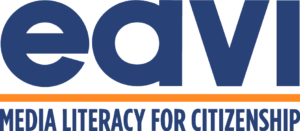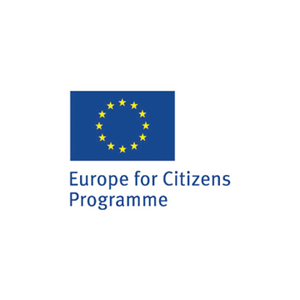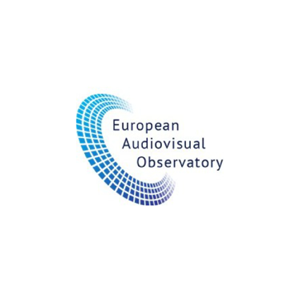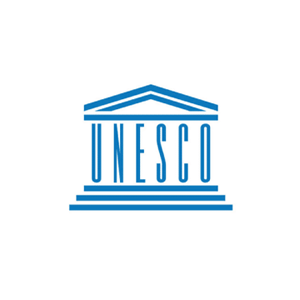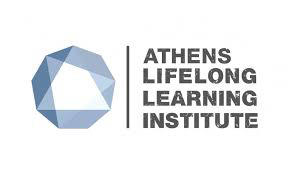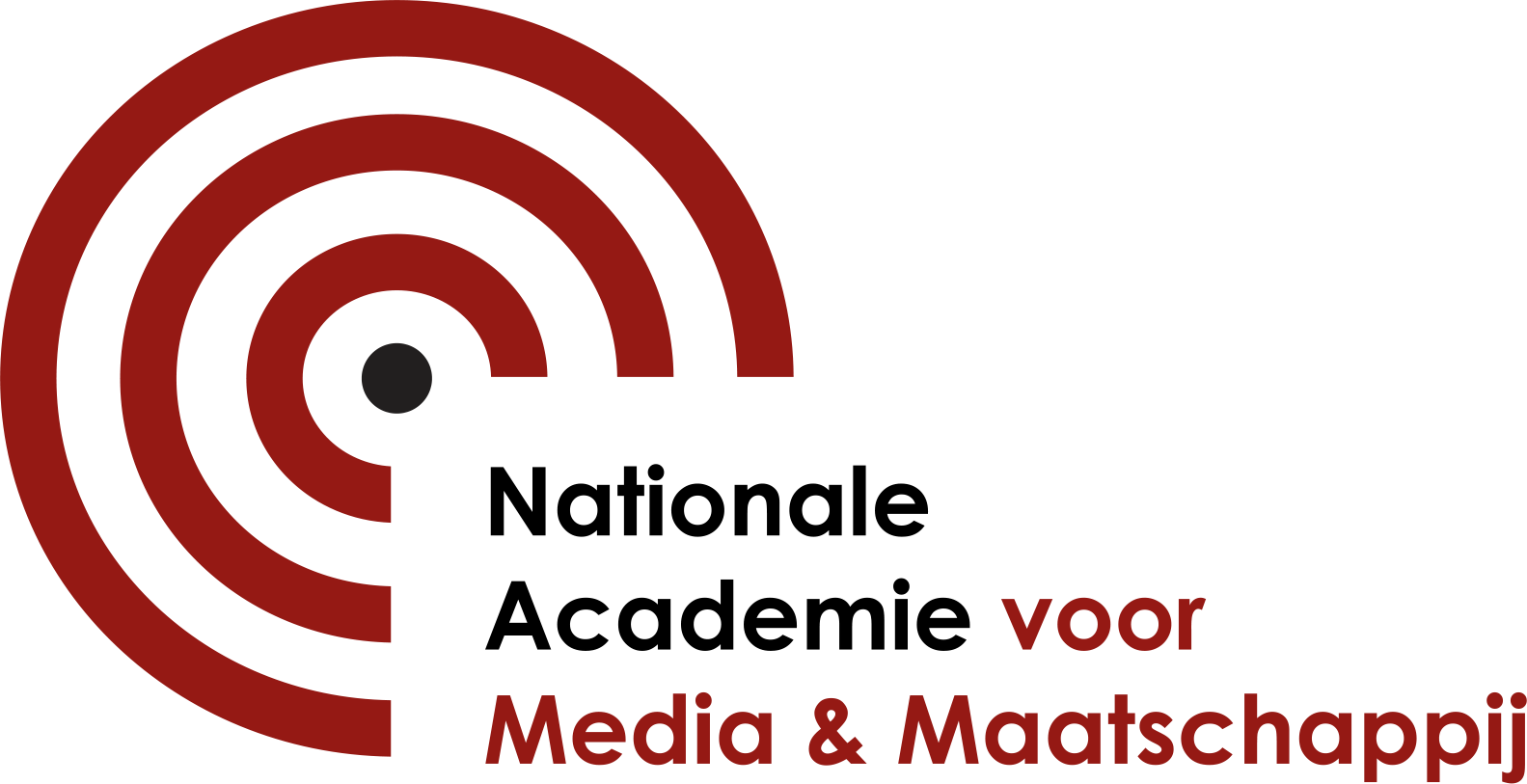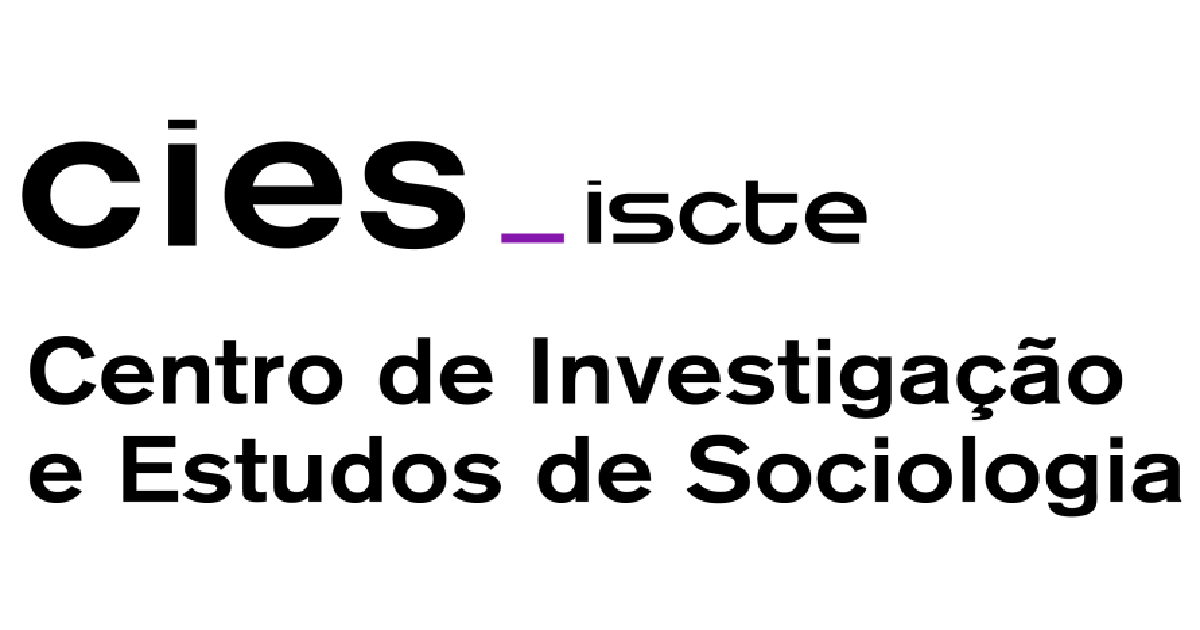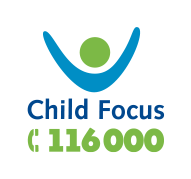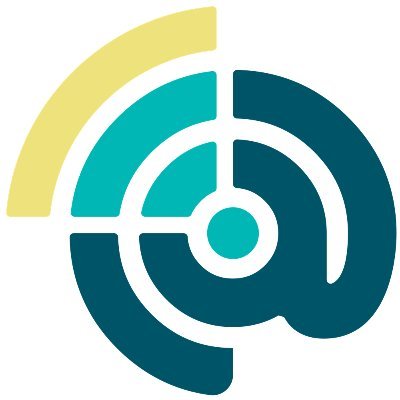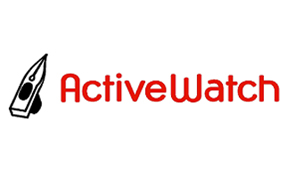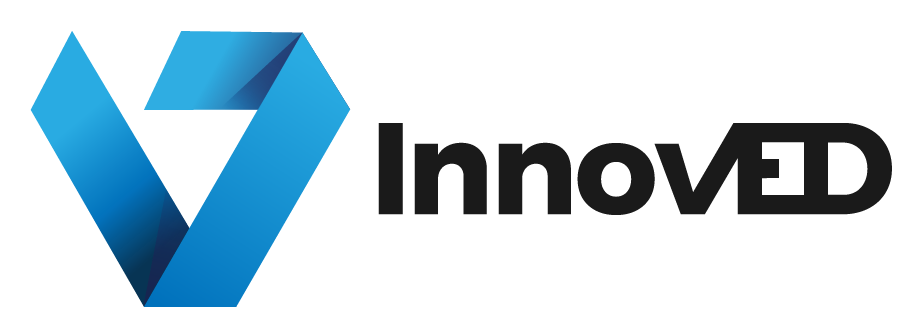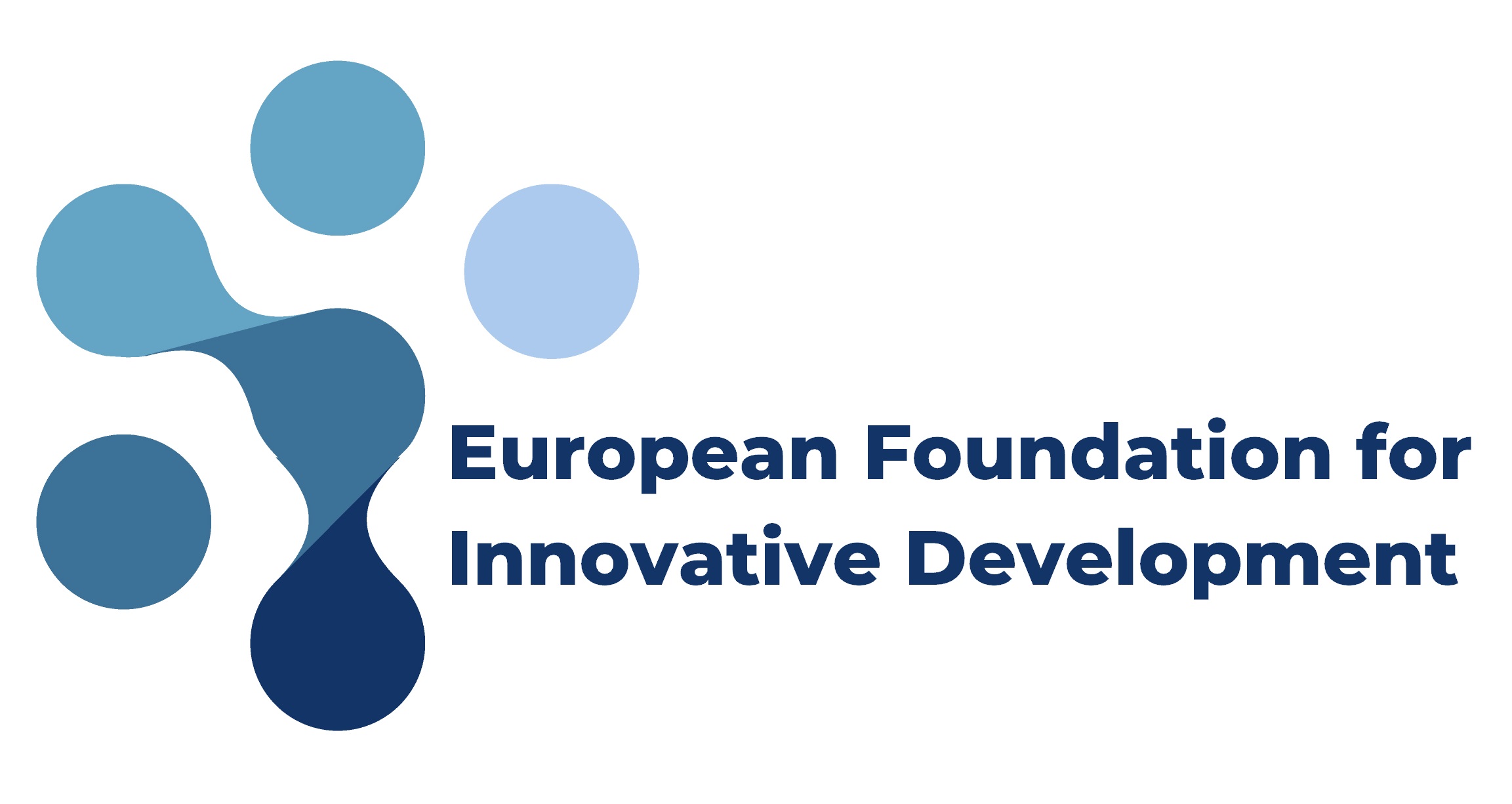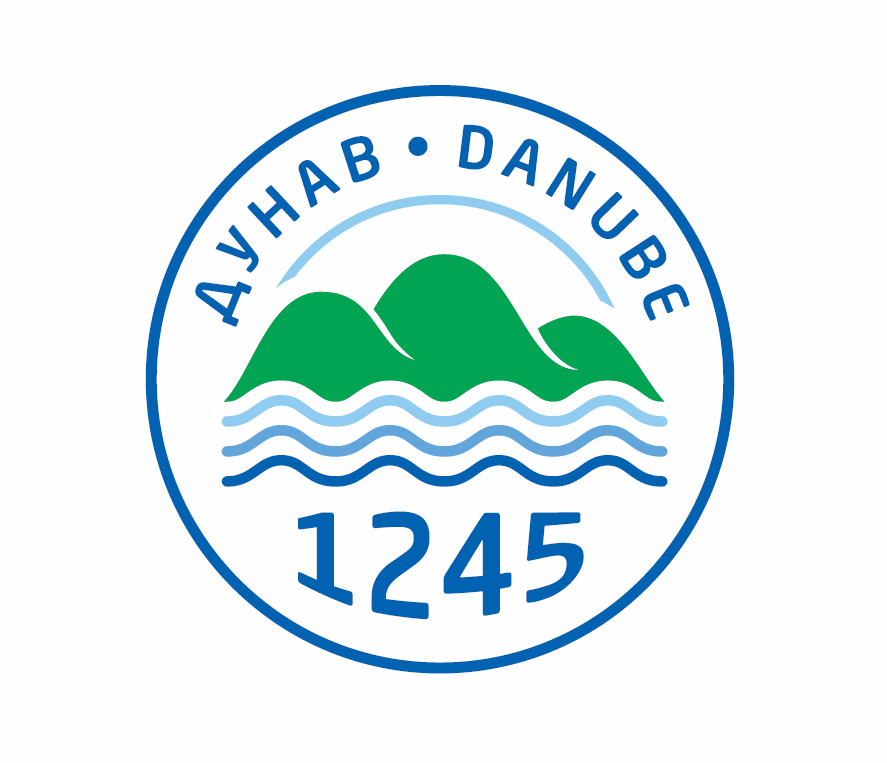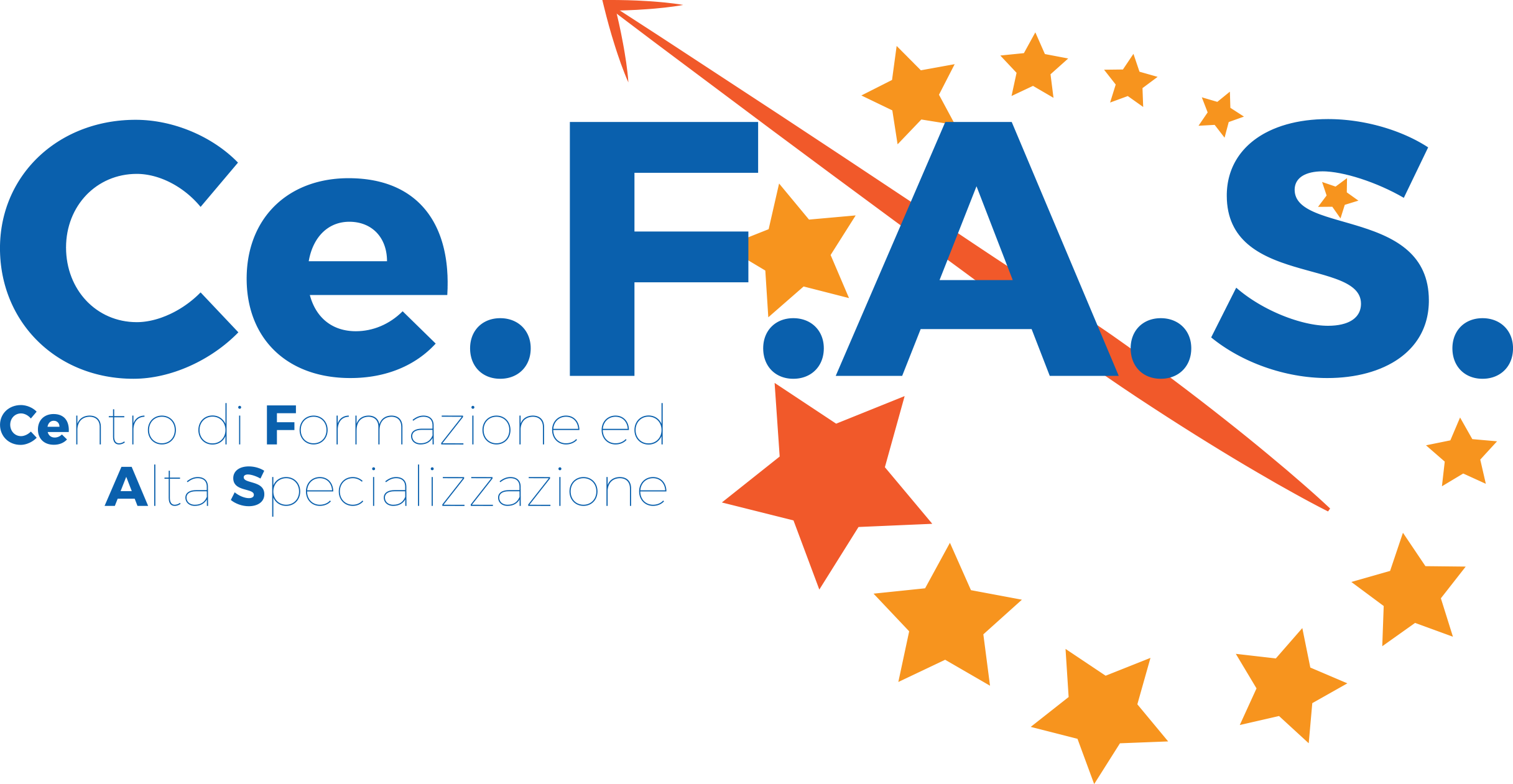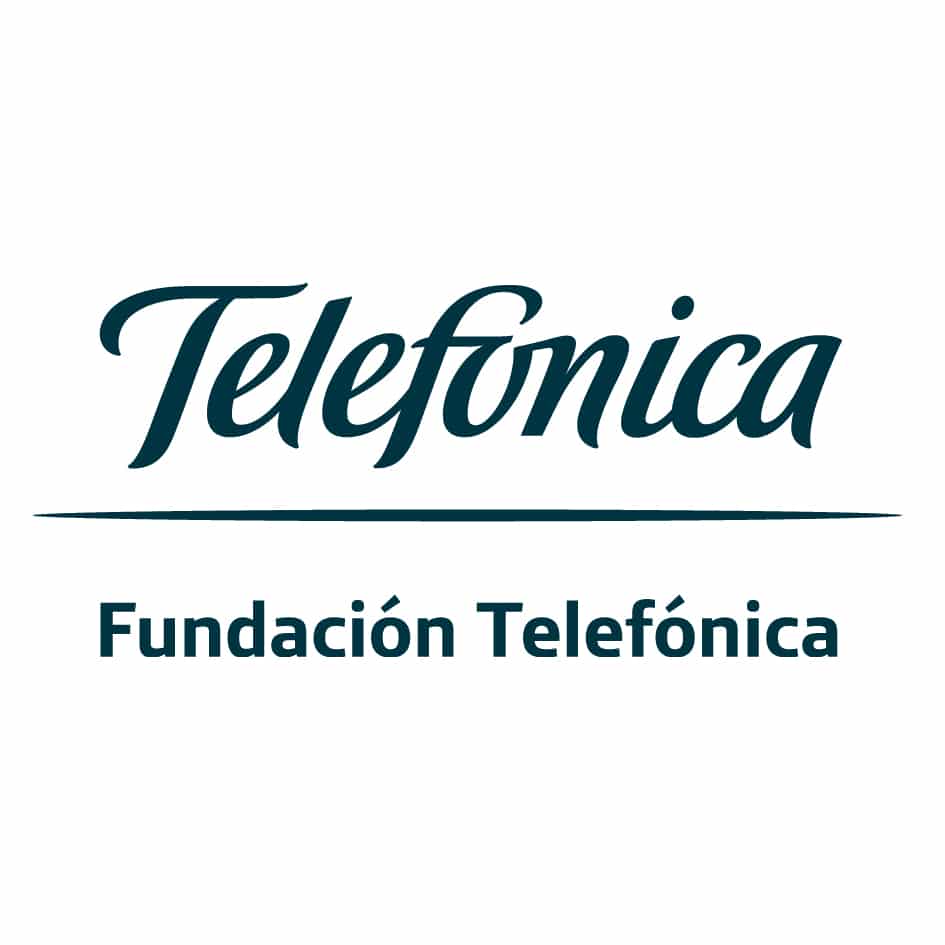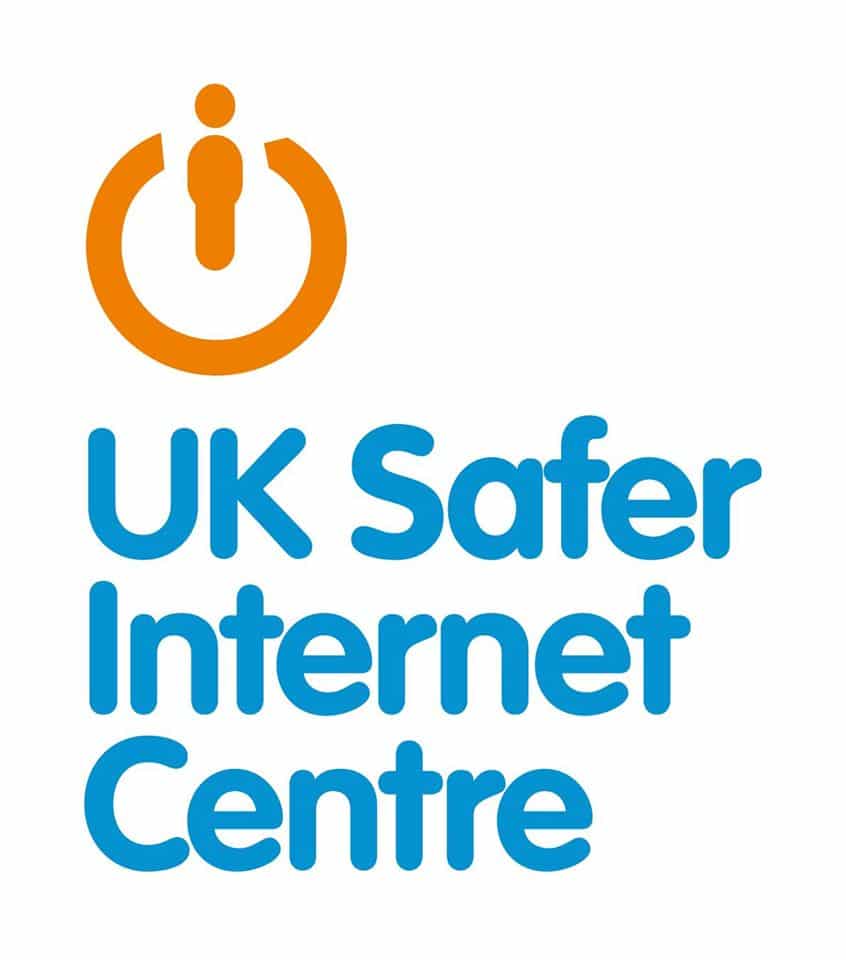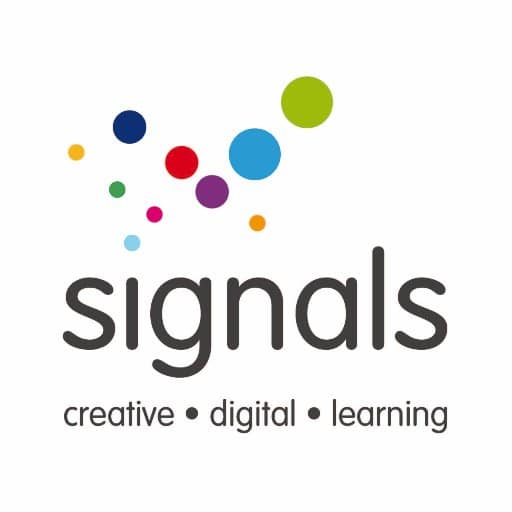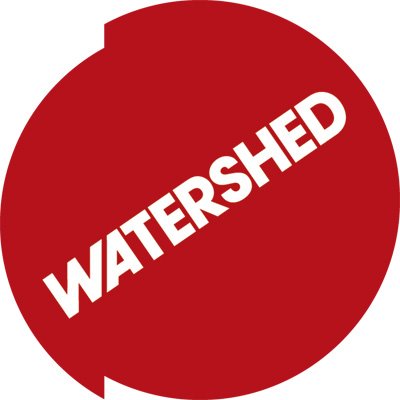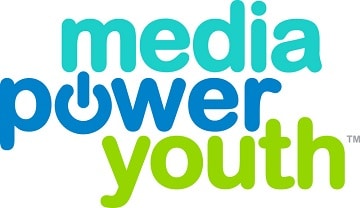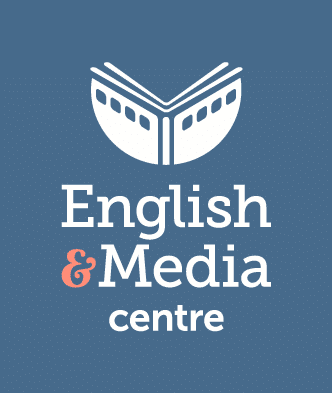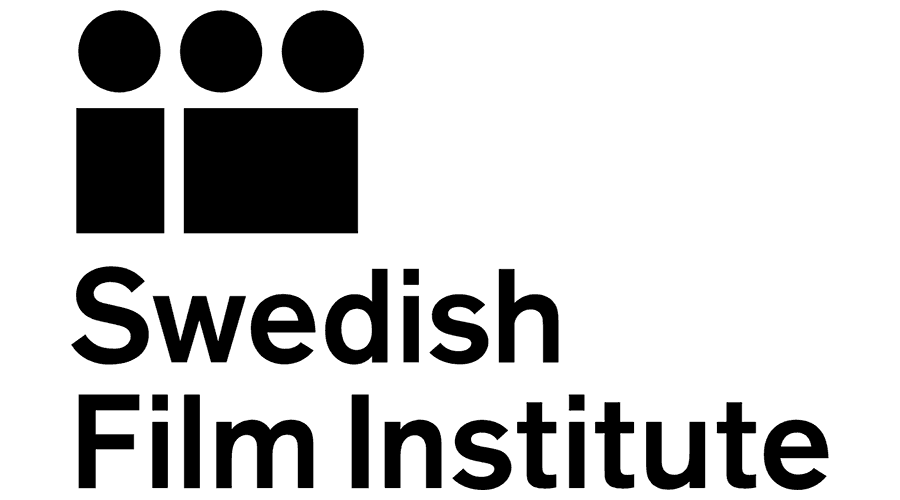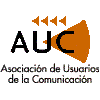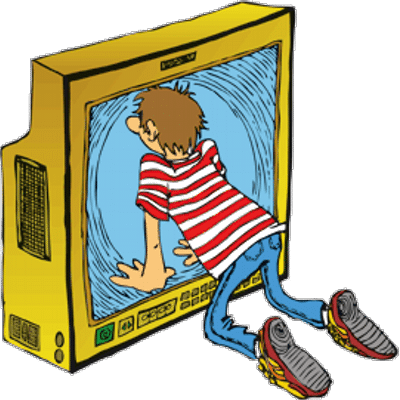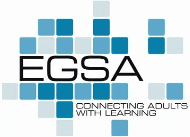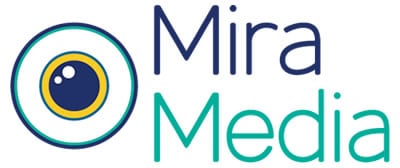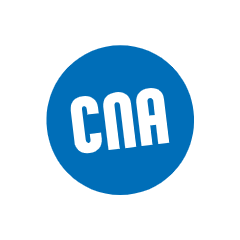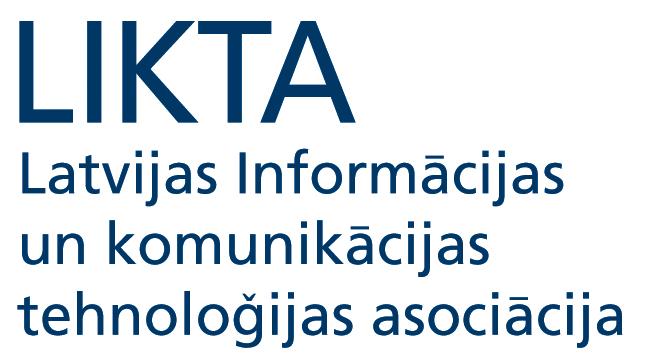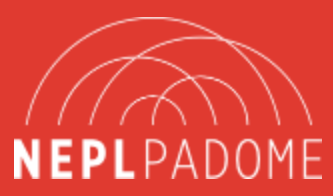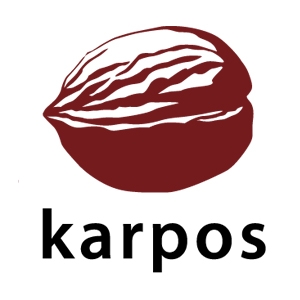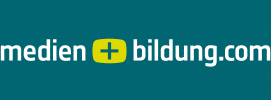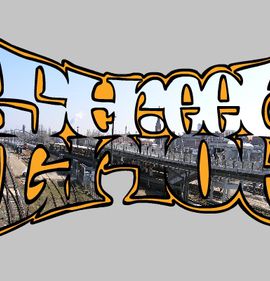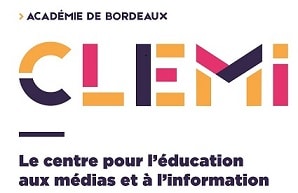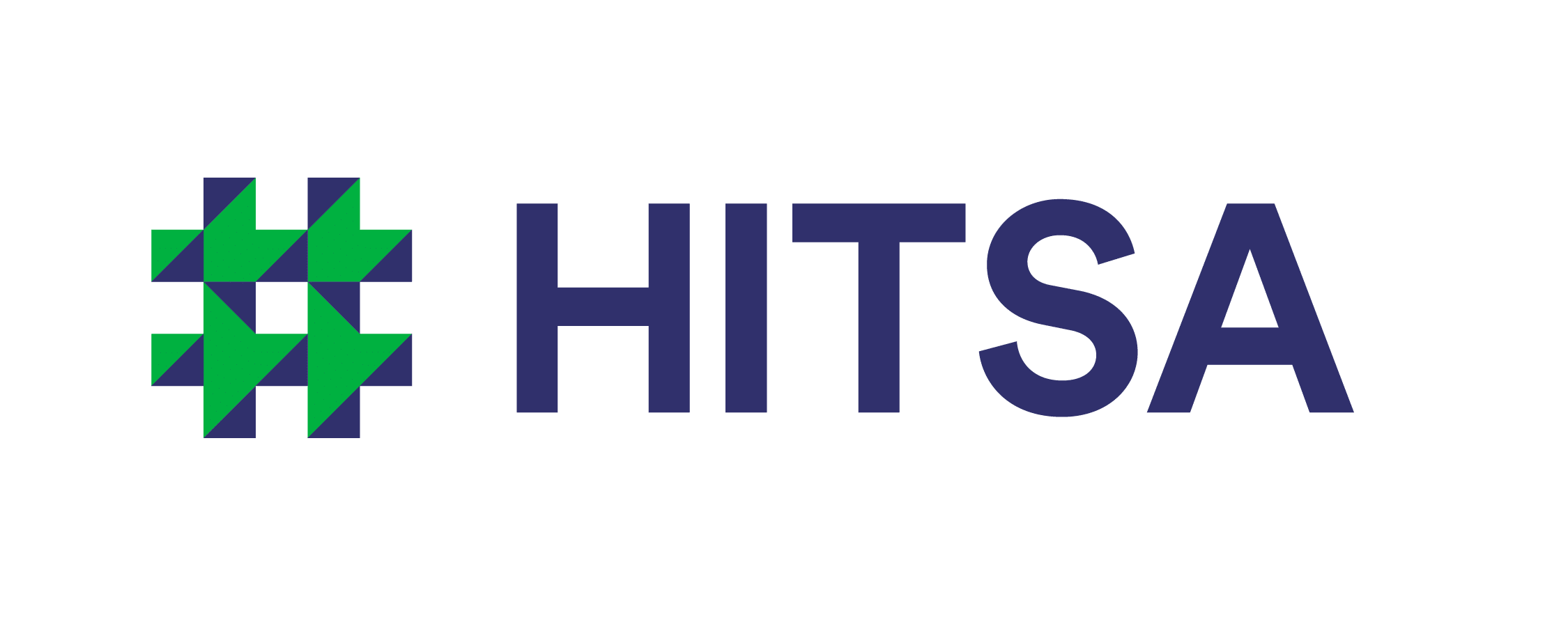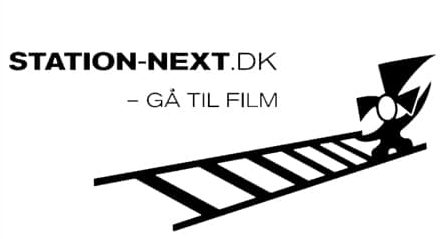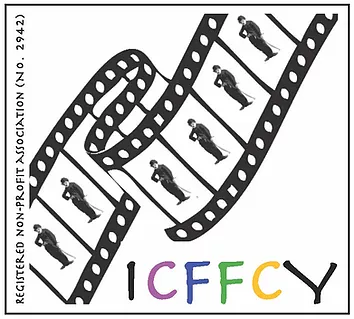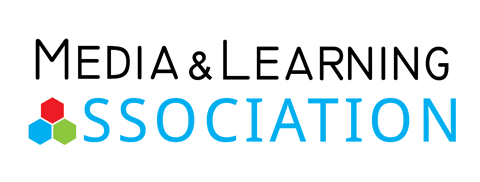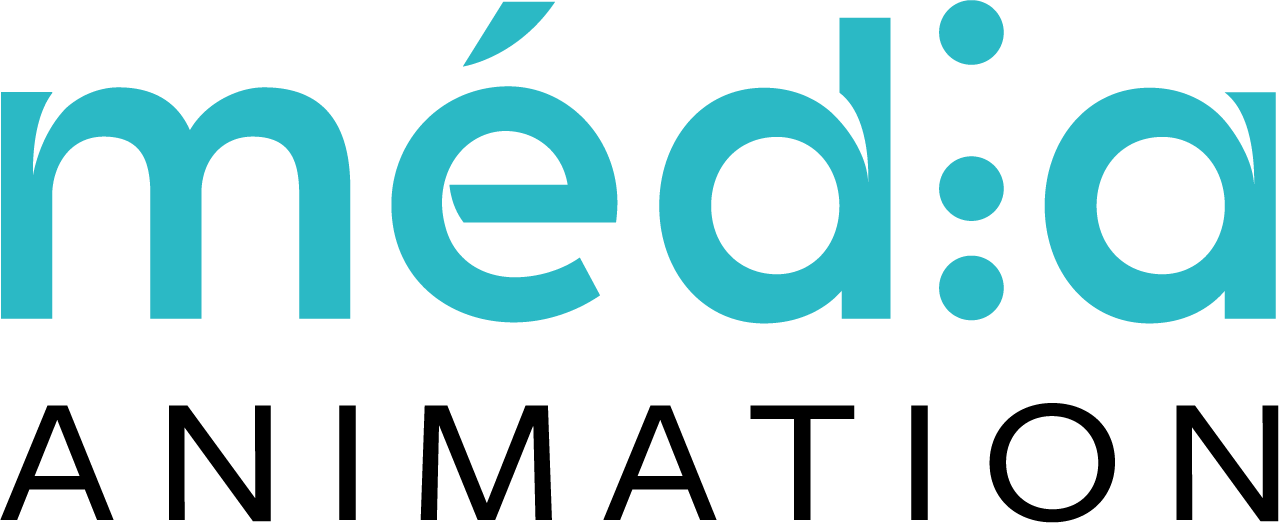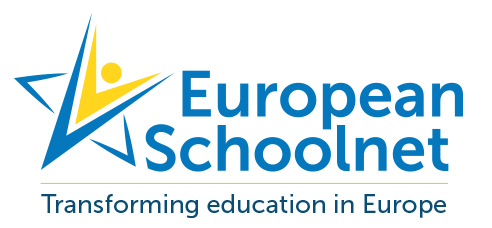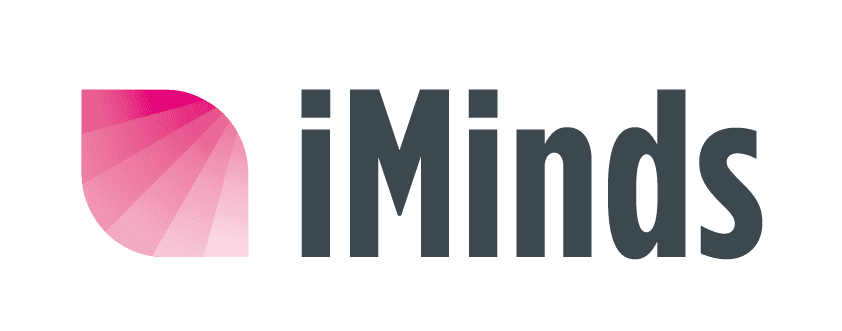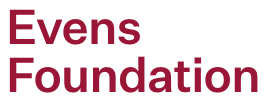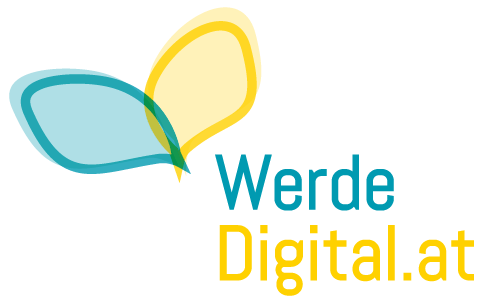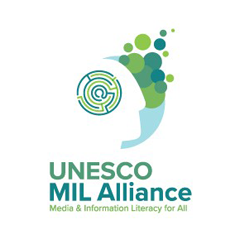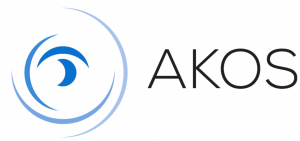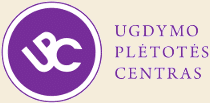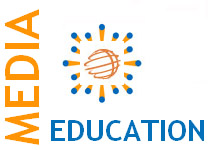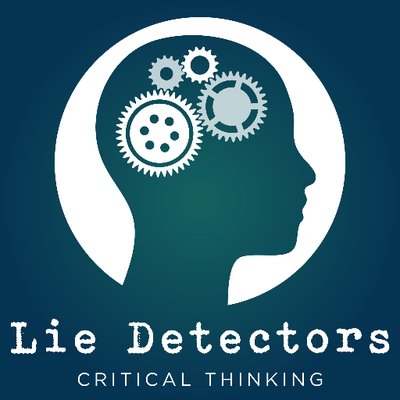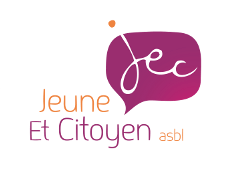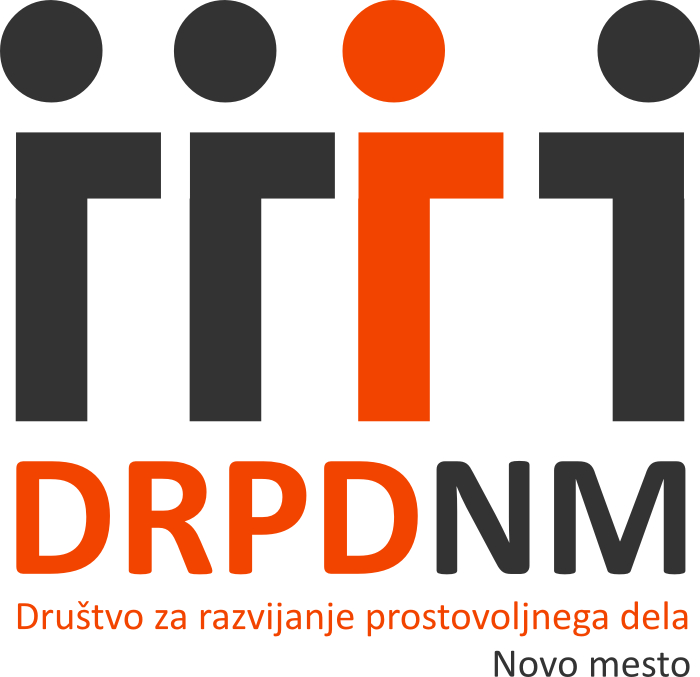Duration: 1½ hours
Materials:
Infographic: Beyond ‘Fake News’
Download a copy of our Beyond Fake News infographic with the link above. It is also available in Greek, French and Dutch.
Game: Beyond the Headlines
Graphic: 5 Key Concepts and Questions for Media Literacy
Introduction
The work needed to effectively filter information in our media-saturated environment takes time and skill. A recent study showed that the more content we consume, the more our ability to make decisions about its veracity becomes impaired. With 80% of Europeans now regularly going online, it is vital for the sustainable and effective functioning of democracy for citizens to be able to curate their media diets with a healthy critical eye.
This lesson will employ EAVI’s infographics Beyond Fake News and Beyond the Headlines as well as some free online fact-checking tools to teach students a critical approach to news and information.
It is important to note that none of the 10 types can be seen in isolation to the others. Partisan news outlets may also be identified as propaganda. And propaganda can be found in a sponsored post. Pseudoscience and conspiracy theories certainly enjoy each other’s company. Likewise, completely bogus content may entice its audience with a clickbait headline. Finding examples and identifying which categories they fit into is all part of the fun of using this graphic.
A) Questions
1. Show students the below tweet and ask them whether they think it is true or false. Tell them it’s not true and ask them how they would prove it isn’t true.
Believe it or not, this is a shark on the freeway in Houston, Texas. #HurricaneHarvy pic.twitter.com/ANkEiEQ3Y6
— Jason Michael (@Jeggit) August 28, 2017
2. Ask some more questions:
- What do you think fake news is?
- How do you know when you see it?
- Have you ever shared anything that wasn’t true?
- Has anyone you know ever shared something online that wasn’t true?
- What do you do when you see fake news?
B) Reverse Image Search
Show the students how to do a reverse image search by saving the image of the shark (found here) on your desktop and uploading it to Google (mobile) or TinEye. Search by date and see if you can find the original or the source of the fake.
Here is a tutorial on doing a reverse image search:
C) Fact-checking game with Beyond The Headlines
Beyond The Headlines is EAVI’s online news verification game. We developed it with the help of EAVI’s individual members and have tested it at our Beyond Fake News workshop at ECAS with a great response.
Instructions to use the game in a classroom setting –
- put students into groups of 3 or 4 people
- distribute copies of the pdf to students with examples of news and information content of varying veracity (some examples and resources are below).
- students then analyse their content according to each of the 20 points and 1 bonus question using online search tools to investigate
- when they have finished ask each group to present their content and their findings in front of the class and write their final score on the board
- compare the lowest and highest scores the groups received and discuss how everyone came to their own conclusions about their content
[Click here for a downloadable pdf copy of the game]
EXTRA: The Beyond the Headlines game can be used in unison with our Beyond Fake News infographic and the 5 Media Concepts and Questions. Students can use all three tools to write a report about the content they are given or have chosen themselves.
Examples of content:
- EU vs Disinfo. You can find lots of European-related examples of mis- and dis-information here which has been debunked.
- Blocks of Anti-Trump Protest Buses Caught On Tape
- Donald Trump Says The Earth Is Flat – Fake CNN site
- The Earth is Flat But they Can’t Handle the Truth – Huffington Post (Satire)
- Melissa Zimdar’s Fake News List – Wikipedia
- Can You Spot the Fake News Stories? – BBC Quiz
- Snopes Fake News Archives
- Fake News Has Terrifying Power Over the Real World – Vice
Duration: 1½ hours
Materials:
Infographic: Beyond ‘Fake News’
Download a copy of our Beyond Fake News infographic with the link above. It is also available in Greek, French and Dutch.
Game: Beyond the Headlines
Graphic: 5 Key Concepts and Questions for Media Literacy
Introduction
The work needed to effectively filter information in our media-saturated environment takes time and skill. A recent study showed that the more content we consume, the more our ability to make decisions about its veracity becomes impaired. With 80% of Europeans now regularly going online, it is vital for the sustainable and effective functioning of democracy for citizens to be able to curate their media diets with a healthy critical eye.
This lesson will employ EAVI’s infographics Beyond Fake News and Beyond the Headlines as well as some free online fact-checking tools to teach students a critical approach to news and information.
It is important to note that none of the 10 types can be seen in isolation to the others. Partisan news outlets may also be identified as propaganda. And propaganda can be found in a sponsored post. Pseudoscience and conspiracy theories certainly enjoy each other’s company. Likewise, completely bogus content may entice its audience with a clickbait headline. Finding examples and identifying which categories they fit into is all part of the fun of using this graphic.
A) Questions
1. Show students the below tweet and ask them whether they think it is true or false. Tell them it’s not true and ask them how they would prove it isn’t true.
Believe it or not, this is a shark on the freeway in Houston, Texas. #HurricaneHarvy pic.twitter.com/ANkEiEQ3Y6
— Jason Michael (@Jeggit) August 28, 2017
2. Ask some more questions:
- What do you think fake news is?
- How do you know when you see it?
- Have you ever shared anything that wasn’t true?
- Has anyone you know ever shared something online that wasn’t true?
- What do you do when you see fake news?
B) Reverse Image Search
Show the students how to do a reverse image search by saving the image of the shark (found here) on your desktop and uploading it to Google (mobile) or TinEye. Search by date and see if you can find the original or the source of the fake.
Here is a tutorial on doing a reverse image search:
C) Fact-checking game with Beyond The Headlines
Beyond The Headlines is EAVI’s online news verification game. We developed it with the help of EAVI’s individual members and have tested it at our Beyond Fake News workshop at ECAS with a great response.
Instructions to use the game in a classroom setting –
- put students into groups of 3 or 4 people
- distribute copies of the pdf to students with examples of news and information content of varying veracity (some examples and resources are below).
- students then analyse their content according to each of the 20 points and 1 bonus question using online search tools to investigate
- when they have finished ask each group to present their content and their findings in front of the class and write their final score on the board
- compare the lowest and highest scores the groups received and discuss how everyone came to their own conclusions about their content
[Click here for a downloadable pdf copy of the game]
EXTRA: The Beyond the Headlines game can be used in unison with our Beyond Fake News infographic and the 5 Media Concepts and Questions. Students can use all three tools to write a report about the content they are given or have chosen themselves.
Examples of content:
- EU vs Disinfo. You can find lots of European-related examples of mis- and dis-information here which has been debunked.
- Blocks of Anti-Trump Protest Buses Caught On Tape
- Donald Trump Says The Earth Is Flat – Fake CNN site
- The Earth is Flat But they Can’t Handle the Truth – Huffington Post (Satire)
- Melissa Zimdar’s Fake News List – Wikipedia
- Can You Spot the Fake News Stories? – BBC Quiz
- Snopes Fake News Archives
- Fake News Has Terrifying Power Over the Real World – Vice
Duration: 1½ hours
Materials:
Infographic: Beyond ‘Fake News’
Download a copy of our Beyond Fake News infographic with the link above. It is also available in Greek, French and Dutch.
Game: Beyond the Headlines
Graphic: 5 Key Concepts and Questions for Media Literacy
Introduction
The work needed to effectively filter information in our media-saturated environment takes time and skill. A recent study showed that the more content we consume, the more our ability to make decisions about its veracity becomes impaired. With 80% of Europeans now regularly going online, it is vital for the sustainable and effective functioning of democracy for citizens to be able to curate their media diets with a healthy critical eye.
This lesson will employ EAVI’s infographics Beyond Fake News and Beyond the Headlines as well as some free online fact-checking tools to teach students a critical approach to news and information.
It is important to note that none of the 10 types can be seen in isolation to the others. Partisan news outlets may also be identified as propaganda. And propaganda can be found in a sponsored post. Pseudoscience and conspiracy theories certainly enjoy each other’s company. Likewise, completely bogus content may entice its audience with a clickbait headline. Finding examples and identifying which categories they fit into is all part of the fun of using this graphic.
A) Questions
1. Show students the below tweet and ask them whether they think it is true or false. Tell them it’s not true and ask them how they would prove it isn’t true.
Believe it or not, this is a shark on the freeway in Houston, Texas. #HurricaneHarvy pic.twitter.com/ANkEiEQ3Y6
— Jason Michael (@Jeggit) August 28, 2017
2. Ask some more questions:
- What do you think fake news is?
- How do you know when you see it?
- Have you ever shared anything that wasn’t true?
- Has anyone you know ever shared something online that wasn’t true?
- What do you do when you see fake news?
B) Reverse Image Search
Show the students how to do a reverse image search by saving the image of the shark (found here) on your desktop and uploading it to Google (mobile) or TinEye. Search by date and see if you can find the original or the source of the fake.
Here is a tutorial on doing a reverse image search:
C) Fact-checking game with Beyond The Headlines
Beyond The Headlines is EAVI’s online news verification game. We developed it with the help of EAVI’s individual members and have tested it at our Beyond Fake News workshop at ECAS with a great response.
Instructions to use the game in a classroom setting –
- put students into groups of 3 or 4 people
- distribute copies of the pdf to students with examples of news and information content of varying veracity (some examples and resources are below).
- students then analyse their content according to each of the 20 points and 1 bonus question using online search tools to investigate
- when they have finished ask each group to present their content and their findings in front of the class and write their final score on the board
- compare the lowest and highest scores the groups received and discuss how everyone came to their own conclusions about their content
[Click here for a downloadable pdf copy of the game]
EXTRA: The Beyond the Headlines game can be used in unison with our Beyond Fake News infographic and the 5 Media Concepts and Questions. Students can use all three tools to write a report about the content they are given or have chosen themselves.
Examples of content:
- EU vs Disinfo. You can find lots of European-related examples of mis- and dis-information here which has been debunked.
- Blocks of Anti-Trump Protest Buses Caught On Tape
- Donald Trump Says The Earth Is Flat – Fake CNN site
- The Earth is Flat But they Can’t Handle the Truth – Huffington Post (Satire)
- Melissa Zimdar’s Fake News List – Wikipedia
- Can You Spot the Fake News Stories? – BBC Quiz
- Snopes Fake News Archives
- Fake News Has Terrifying Power Over the Real World – Vice
